Electrogenic breathes new life into this 1929 Rolls-Royce with a bespoke EV conversion
This Roll-Royce Phantom II is perhaps the most complex EV conversion ever undertaken, transforming the 1929 classic into a strong, silent EV that’ll fit right in with modern traffic
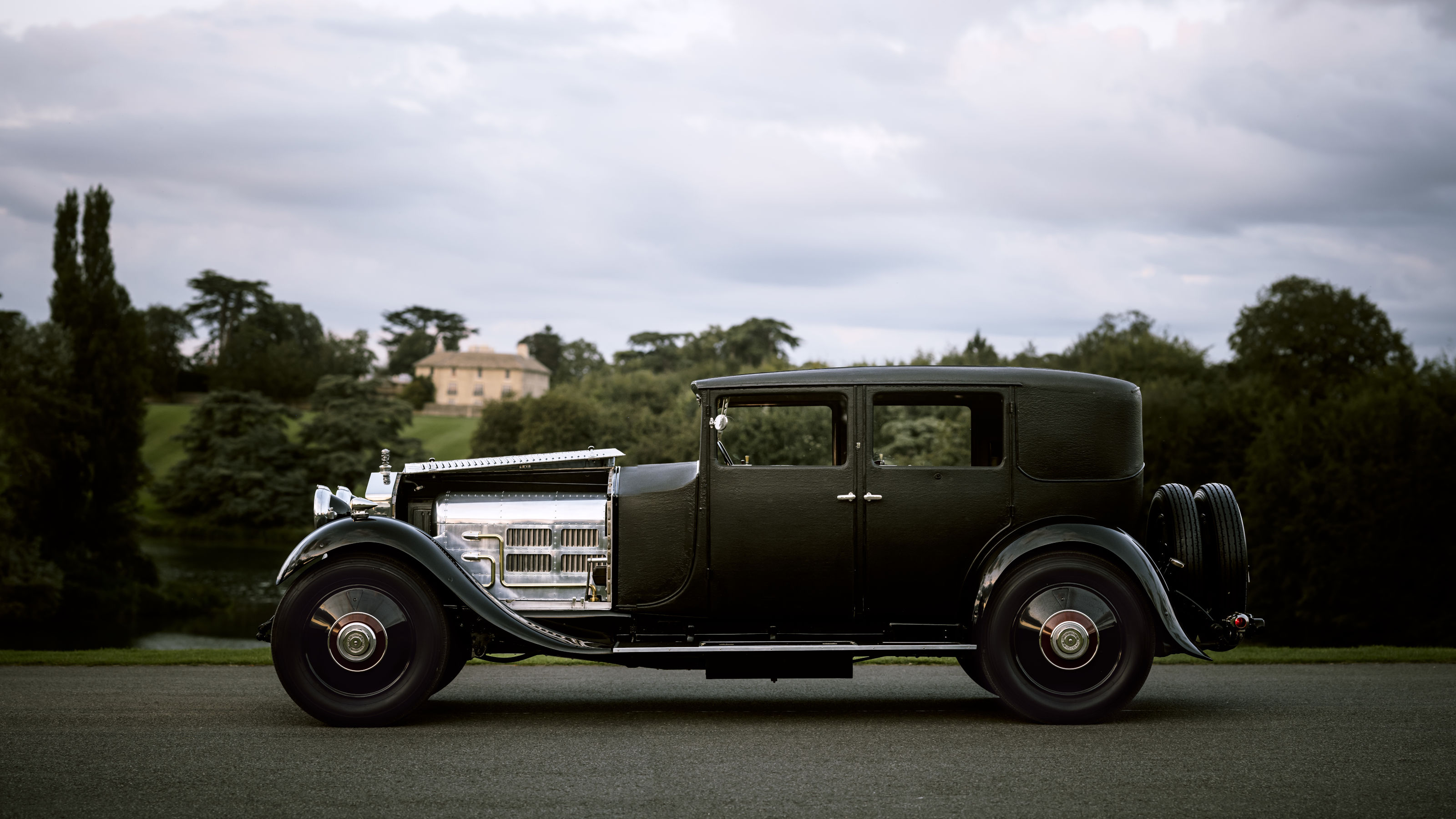
The debate about the electrification of classic cars rumbles on. For some, it’s a necessary transformation that breathes new life into old designs, future-proofing them for the next generation and ensuring they can continue to be used in every setting.
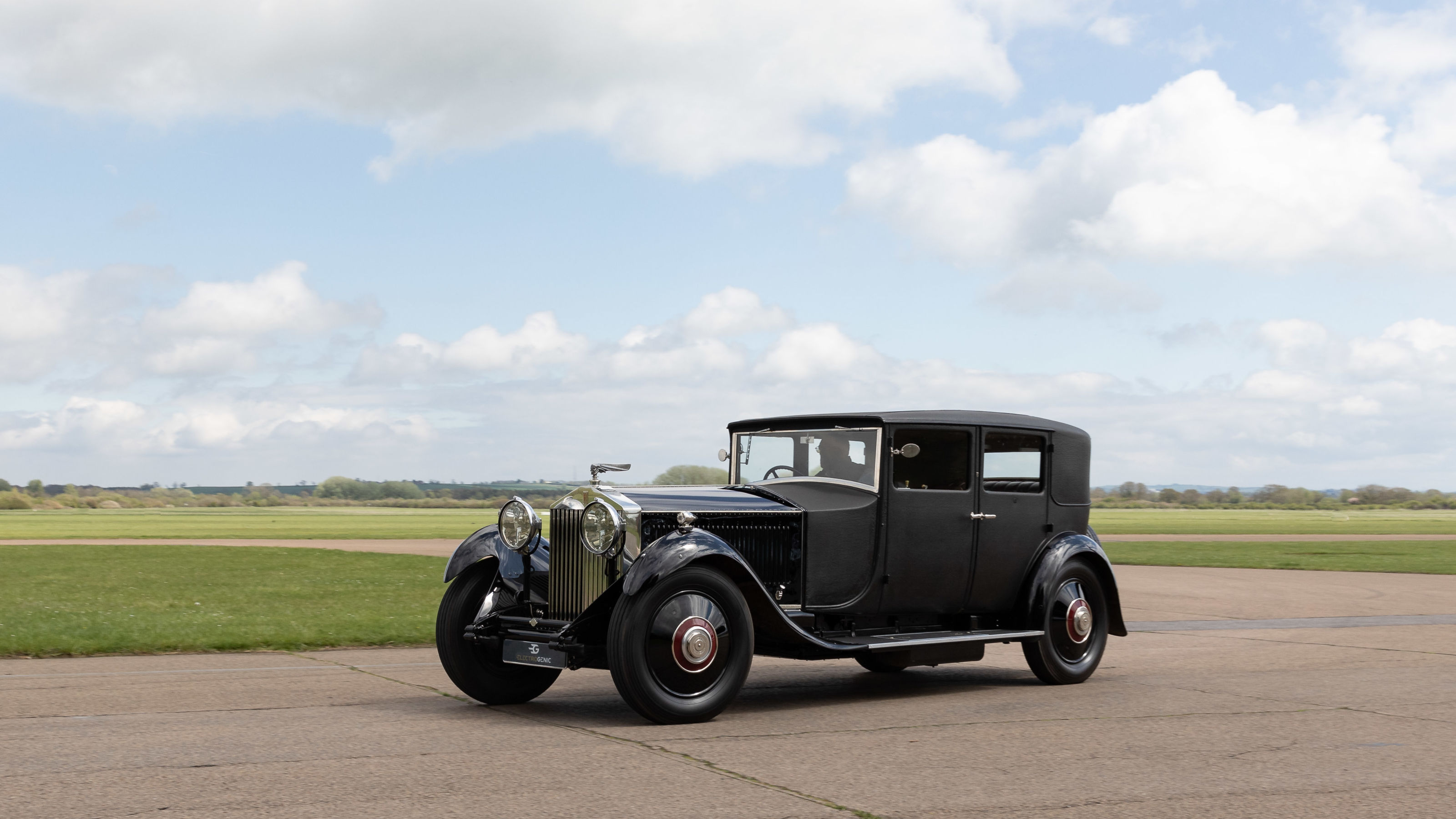
Others see the process as something approaching sacrilege, the desecration of the beating heart of an old car, removing the sound, smell and sensations that give an automobile its meaning and soul. Electrogenic obviously doesn’t agree. The UK-based company has applied its electrification skills to a wide variety of classics, creating bespoke EV versions of everything from the Volkswagen Beetle to the Citroën DS. It also produces kits for the Land Rover Defender, classic Porsche 911, and Jaguar E-Type, reducing the complexity of a conversion with a standardised feature set.

This, on the other hand, is almost guaranteed to remain a one-off. Commissioned by a private collector, this transformation of the 1929 Rolls-Royce Phantom II into an EV is the culmination of an 18-month process – ‘an immensely complicated and rewarding project’, according to Steve Drummond, Electrogenic’s director.
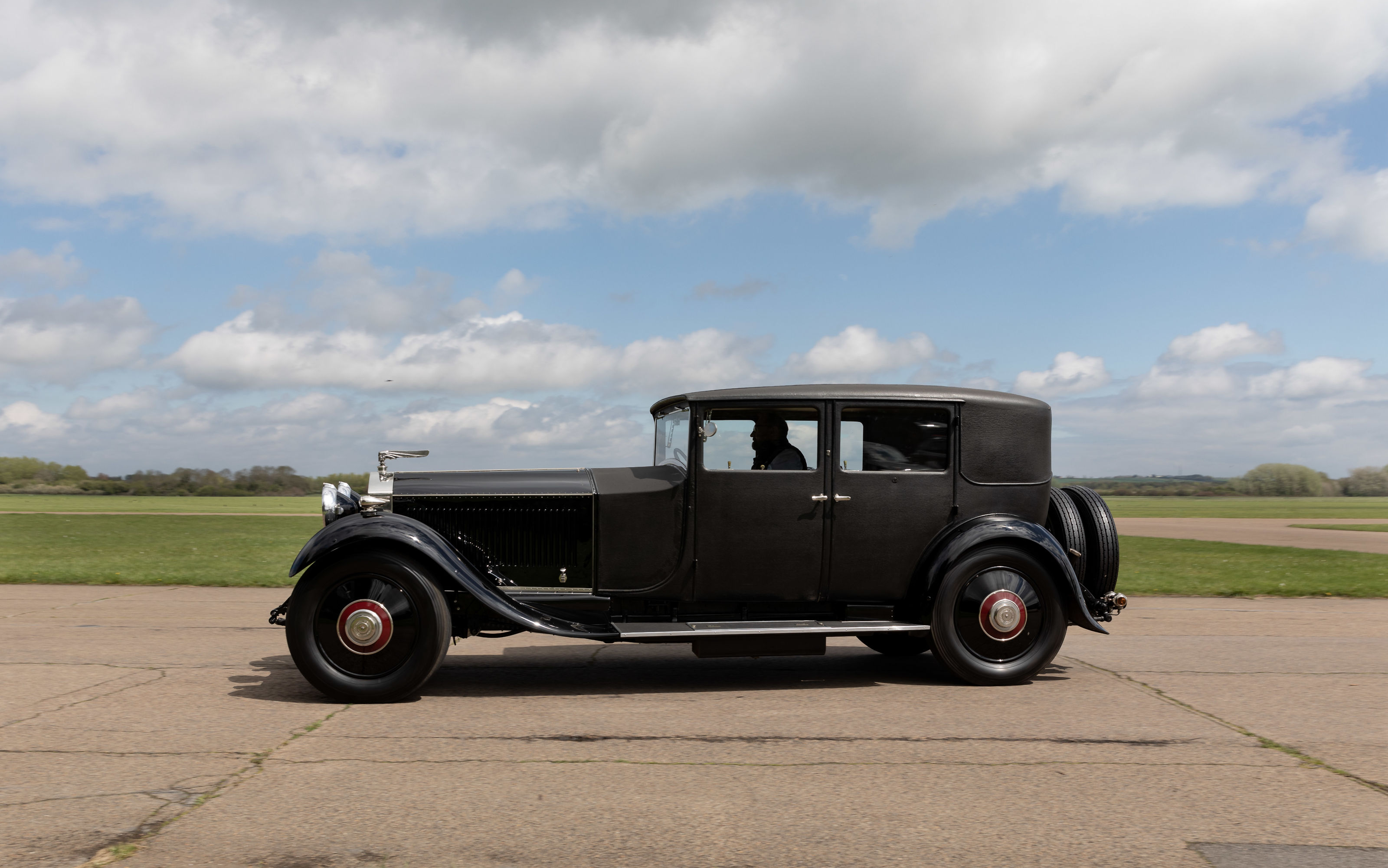
Interwar EV conversions are rare enough, but tackling the majestic scale of the Phantom II took the company’s skills to another level, with thousands of hours’ worth of work required to install 93kWh of batteries beneath Rolls-Royce’s long bonnet. The cells are housed in a hand-riveted aluminium cowling that evokes the complexity of the original 7.7-litre straight-six (removed and retained for future reinstatement, should that ever be necessary). The braking system was subtly updated, and a contemporary sound system was also embedded discretely within the original cabin.
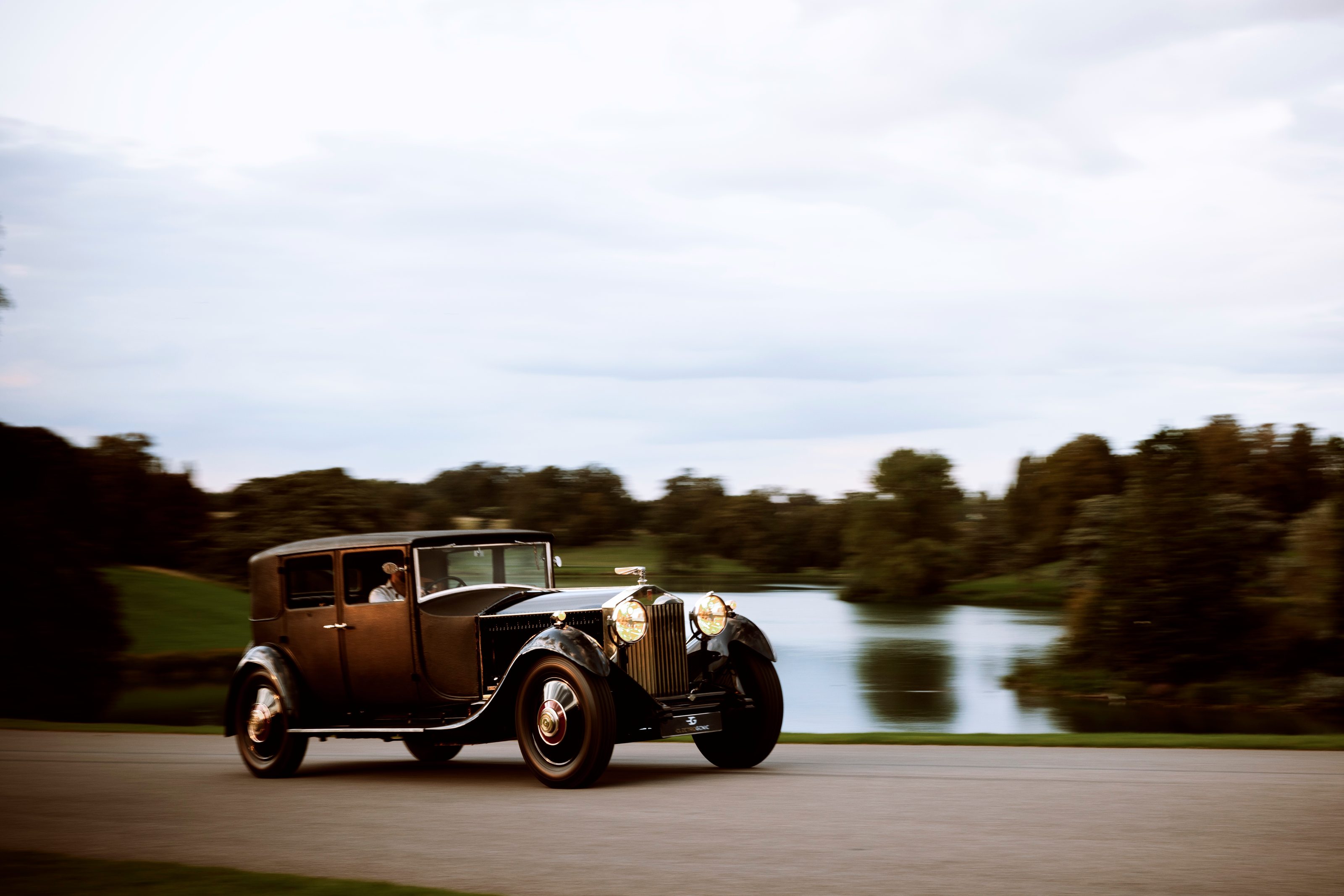
Electrogenic’s specialism is incorporating batteries into a car’s existing structure, and while the Phantom II offered a lot of space within its HJ Mulliner & Co coachwork, there were still extensive calculations and CAD modelling required to combine two technologies separated by a century. The end result emphasises classic Rolls-Royce values – smooth, silent, effortless progress – with a range of around 150 miles.
Receive our daily digest of inspiration, escapism and design stories from around the world direct to your inbox.
Jonathan Bell has written for Wallpaper* magazine since 1999, covering everything from architecture and transport design to books, tech and graphic design. He is now the magazine’s Transport and Technology Editor. Jonathan has written and edited 15 books, including Concept Car Design, 21st Century House, and The New Modern House. He is also the host of Wallpaper’s first podcast.
-
 These fashion books, all released in 2025, are the perfect gift for style fans
These fashion books, all released in 2025, are the perfect gift for style fansChosen by the Wallpaper* style editors to inspire, intrigue and delight, these visually enticing tomes for your fashion library span from lush surveys on Loewe and Louis Vuitton to the rebellious style of Rick Owens and Jean Paul Gaultier
-
 Out of office: The Wallpaper* editors’ picks of the week
Out of office: The Wallpaper* editors’ picks of the weekFar from slowing down for the festive season, the Wallpaper* team is in full swing, hopping from events to openings this week. But when your job is chasing the pulse of culture, work can feel like play – and we also had time for some festive cocktails and cinematic releases
-
 The Barbican is undergoing a huge revamp. Here’s what we know
The Barbican is undergoing a huge revamp. Here’s what we knowThe Barbican Centre is set to close in June 2028 for a year as part of a huge restoration plan to future-proof the brutalist Grade II-listed site
-
 Around London in sybaritic silence with the majestic all-electric Lunaz Phantom V
Around London in sybaritic silence with the majestic all-electric Lunaz Phantom VClassic electrifier Lunaz has turned its skilled hands to the Rolls-Royce Phantom V. We sample the ultimate in zero-emission luxury on the streets of London
-
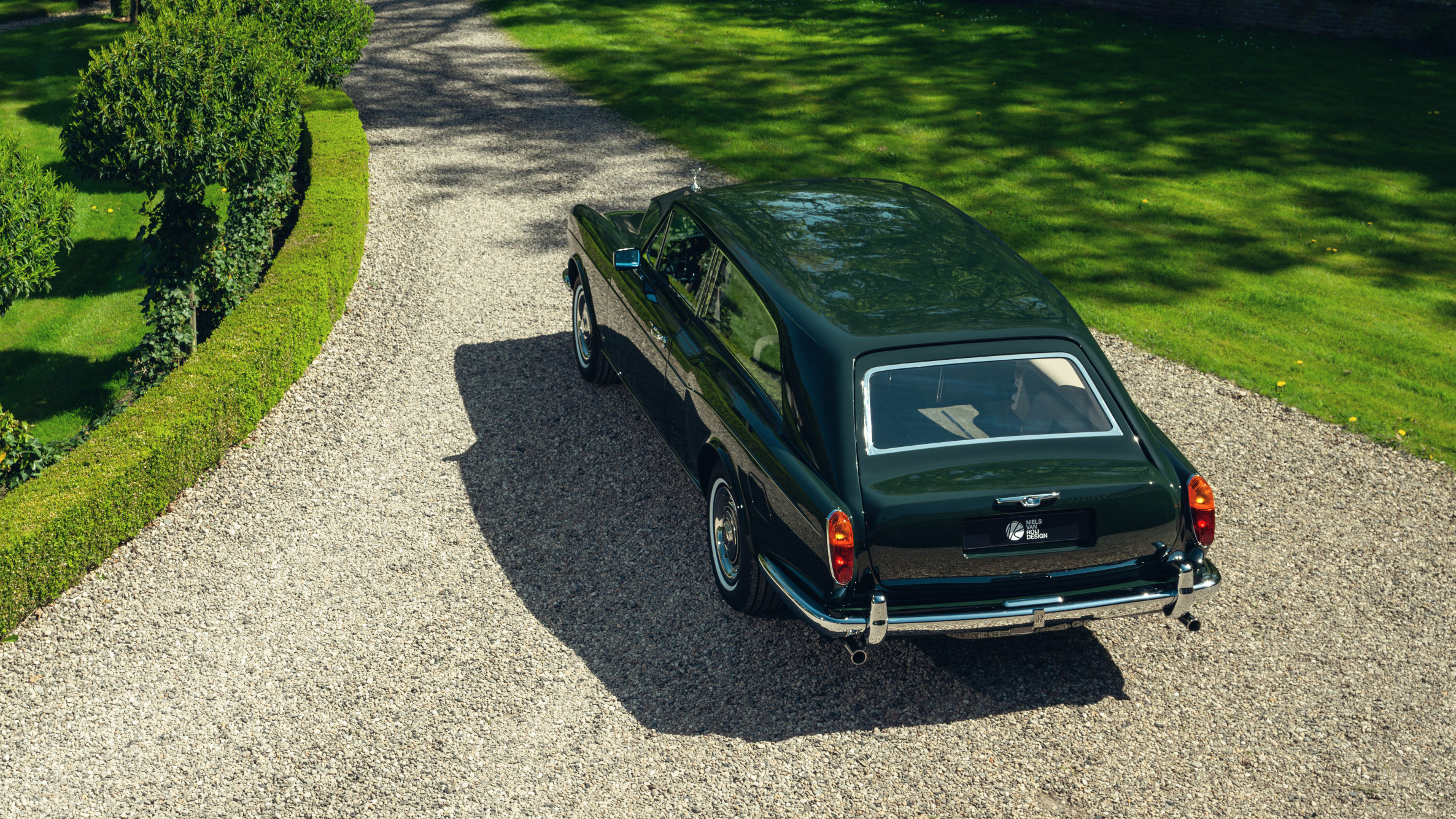 Niels van Roij Design's newest project is this perfectly tailored Rolls-Royce Shooting Brake
Niels van Roij Design's newest project is this perfectly tailored Rolls-Royce Shooting BrakeHenry II is a hand-crafted Shooting Brake created from a 1981 Rolls-Royce Corniche coupé. Commissioned by its long-standing owner, the car has been upgraded into a true grand tourer
-
 EV start-up Halcyon transforms a classic 1970s Rolls-Royce into a smooth electric operator
EV start-up Halcyon transforms a classic 1970s Rolls-Royce into a smooth electric operatorThis 1978 Rolls-Royce Corniche is the first fruit of a new electric restomod company, the Surrey-based Halcyon
-
 Rolls-Royce Phantom Dragon crosses cultures with a highly crafted approach
Rolls-Royce Phantom Dragon crosses cultures with a highly crafted approachThis one-of-one Phantom Extended has been built as a celebration of the outgoing Year of the Dragon, overseen by Rolls-Royce’s Shanghai Private Office
-
 Rolls-Royce re-imagines the classic wheels of one of James Bond’s greatest antagonists
Rolls-Royce re-imagines the classic wheels of one of James Bond’s greatest antagonistsFor one lucky Rolls-Royce owner and Fleming obsessive, this one-off Phantom Goldfinger will blur the lines between cinematic fantasy and real life
-
 Rolls-Royce’s Bespoke division pushes paint technology to the limits in the Spectre Lunaflair
Rolls-Royce’s Bespoke division pushes paint technology to the limits in the Spectre LunaflairThis one-off commission transforms Rolls-Royce’s all-electric Spectre into a shimmering spectacle inspired by atmospherical effects
-
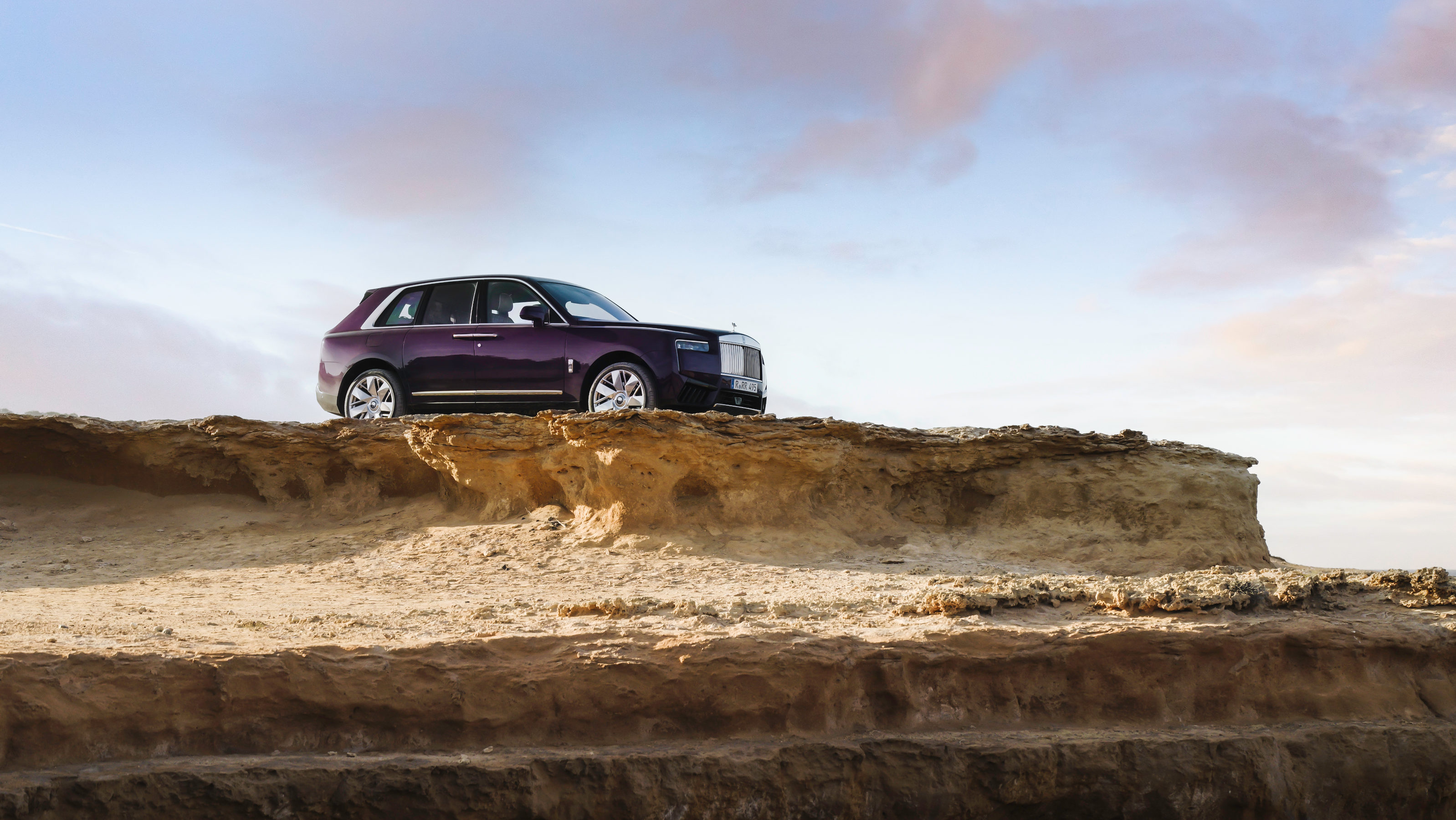 The subtly revised Rolls-Royce Cullinan offers clients an instantly commanding presence
The subtly revised Rolls-Royce Cullinan offers clients an instantly commanding presenceA Rolls-Royce is no longer the ‘best car in the world,’ but the best way to make your mark on automotive culture. Cullinan Series II goes even further into the world of branded storytelling and subtle oneupmanship
-
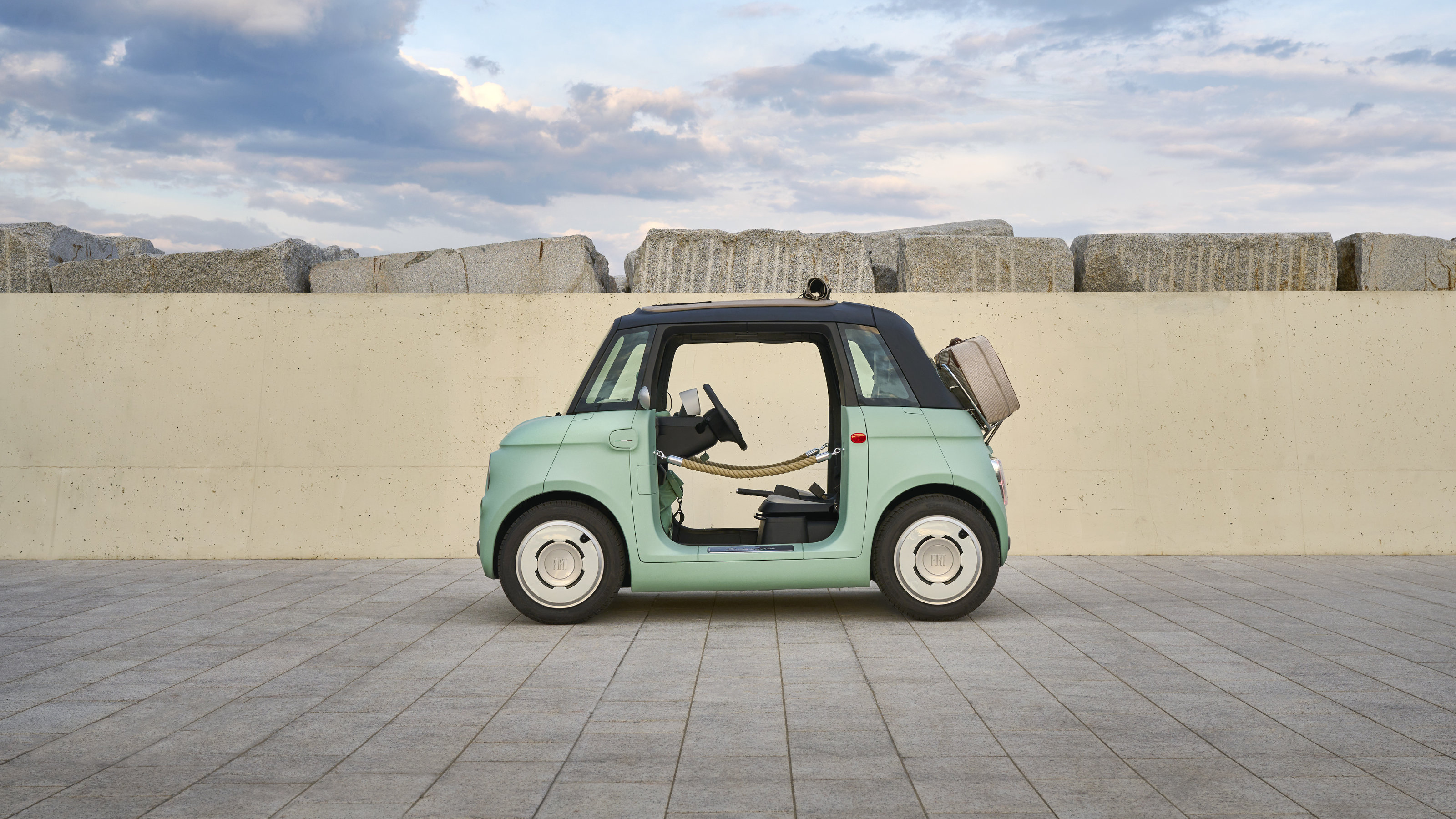 Year in review: top 10 transport design stories of 2023, selected by Wallpaper’s Jonathan Bell
Year in review: top 10 transport design stories of 2023, selected by Wallpaper’s Jonathan BellJonathan Bell’s top 10 transport design stories of 2023 span from electric campers and microcars to flying yachts and classic car recreations